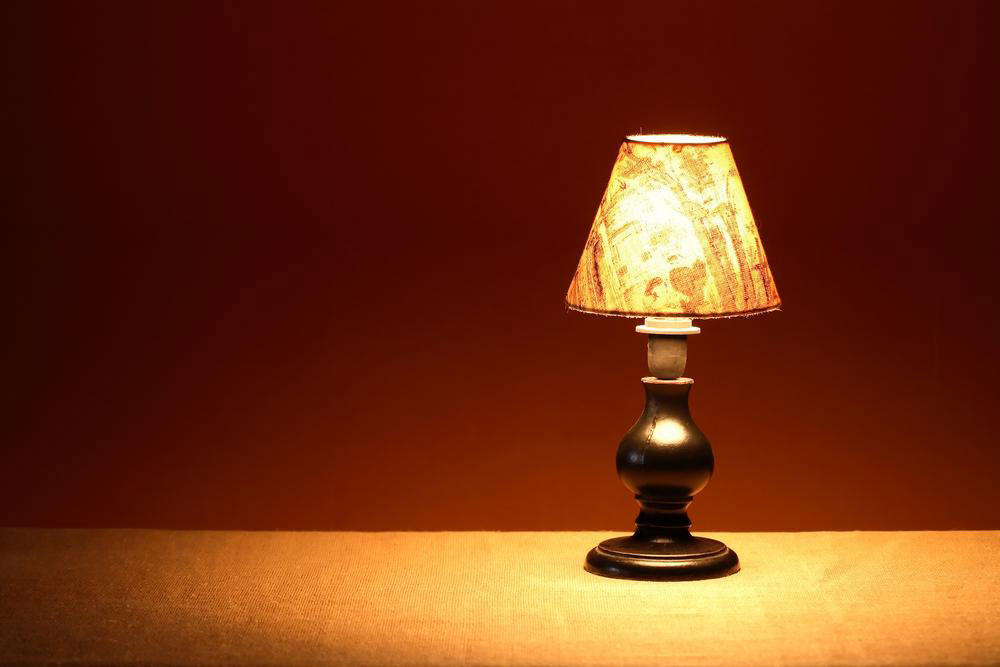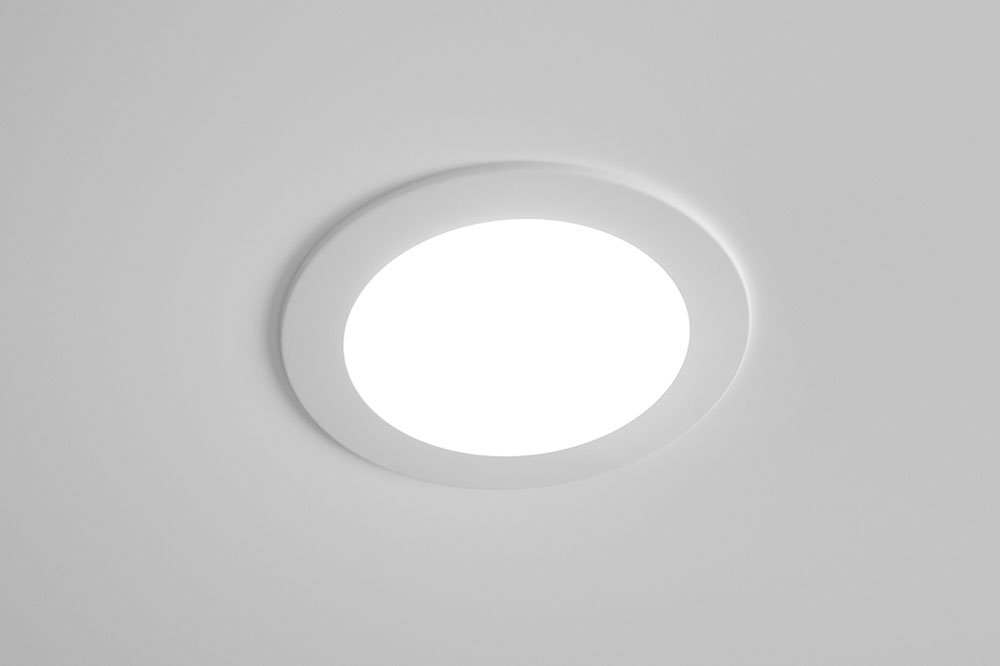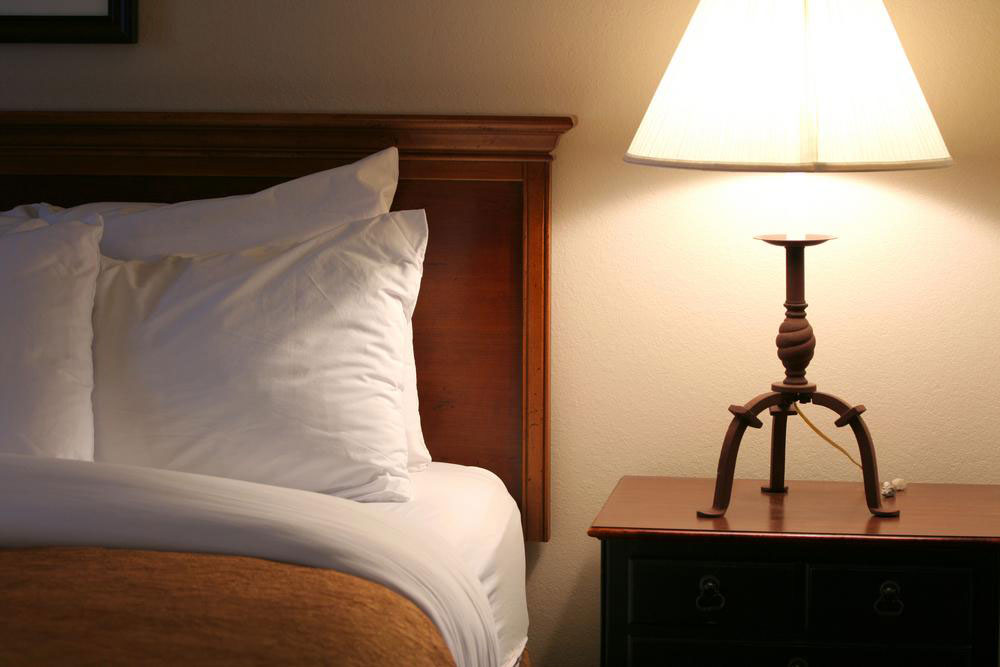Key Considerations When Selecting LED Lighting Fixtures
Discover essential tips for selecting the right LED light fixtures. From understanding LED types and dimming features to evaluating color accuracy and brightness, this guide helps optimize your lighting choices for residential and commercial spaces, ensuring efficiency and vibrant illumination.

Key Considerations When Selecting LED Lighting Fixtures
LED (Light Emitting Diode) lighting solutions boast a lifespan exceeding 35,000 hours, surpassing traditional incandescent bulbs by over 40 times. Additionally, LEDs offer remarkable energy efficiency, making them ideal for both residential and commercial lighting installations. Here are essential factors to weigh when choosing LED fixtures:
Distinguish Between LED Types
Many confuse replaceable LED bulbs with integrated LED units. LED bulbs serve as straightforward replacements for incandescent bulbs, featuring a single LED. Integrated LEDs are built-in panels or arrays where the LED light source is embedded within the fixture’s design.
Incorporate Dimming Capabilities
For greater energy savings and ambiance control, opt for LED fixtures compatible with dimmers. Dimmers enable brightness adjustment, and smart LEDs can be controlled via smartphone apps. Ensure you select LED-compatible dimmers to avoid flickering and premature wear.
Prioritize High CRI Ratings
Color Rendering Index (CRI) measures how accurately a light source displays colors compared to natural sunlight. Aim for LEDs with CRI values between 90 and 100 for vibrant, true-to-life colors, especially in retail or indoor spaces where color accuracy is vital.
Evaluate Color Temperature
This specifies the appearance of the LED light, ranging from warm to cool tones. For cozy indoor environments, warm white (around 2700K-3000K) is popular, while cooler temperatures suit workspaces or commercial areas.
Assess Brightness Using Lumens
Instead of wattage, brightness is measured in lumens. High-efficiency LEDs produce bright light with lower power consumption; for example, producing 2600 lumens with just 25-28 watts, unlike incandescent bulbs requiring 150 watts for similar brightness.
Note:
Our blog offers diverse insights and practical advice across various categories. While our research aims to provide accurate information, readers should verify details and not treat articles as definitive. The website assumes no responsibility for discrepancies or inaccuracies. Also, be aware that available schemes and offers may vary beyond what’s covered here.









